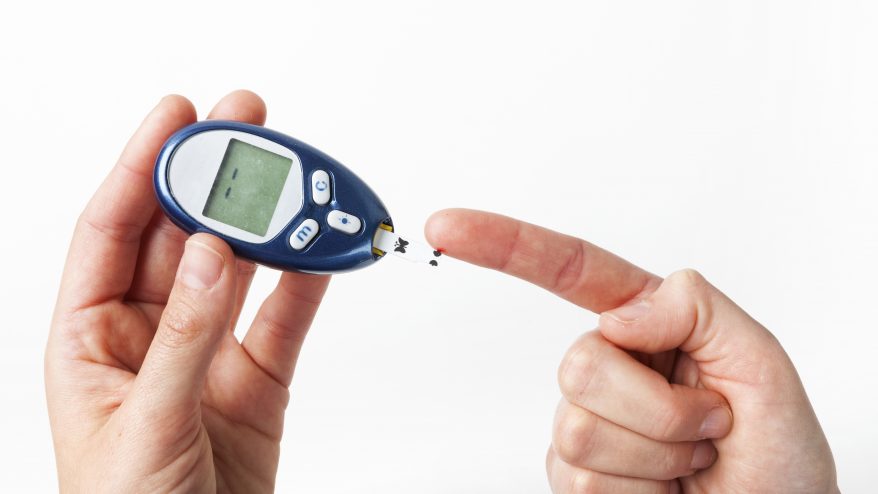Type 2 diabetes could be treated by old antipsychotic drugs: UAlberta

Posted Jan 13, 2023 3:15 pm.
Last Updated Jan 13, 2023 3:38 pm.
A University of Alberta (UAlberta) research have found a potential treatment for Type 2 diabetes using a class of older antipsychotic drugs.
The research shows the drugs can “target an enzyme involved in lowering blood sugar.”
A UAlberta professor says the treatment could help patients who can’t use other available treatments.
“There is a growing need to find new therapies for Type 2 Diabetes,” said John Ussher, professor in the Faculty of Pharmacy and Pharmaceutical Sciences.
Metformin is a common drug used to lower blood sugar; however, Usher says 15 per cent of patients are not able to take it.
Meanwhile, insulin secretagogues, also a common drug used to treat diabetes, could become less effective in later stages of the illness, where patients need to look for other options.
Usher and his team found that blood sugar could be controlled by repurposed old antipsychotic drugs, particularly a drug called pimozide.
The lab experiment also included testing three drugs “that all improve blood sugar control by preventing the muscle from burning ketones as a fuel source.”
Usher says repurposing the old drugs instead of developing new ones saves time and costs.
READ MORE:
-
Donated human milk could be antibiotic for infants: UCalgary
-
Link between anxiety and gut inflammation door to finding therapy: ULethbridge
-
Whole foods can boost mental health and wellness: UCalgary
“With something that’s an older drug, which we used historically in humans that we no longer use, we know what the adverse effects are, we know in general that it’s safe,” he explained.
Clinical trials are still necessary when repurposing old-generation drugs. However, the focus would be concentrated on the safety and the efficacy of their use.
Meanwhile, the new repurposed drug would be focusing on finding a solution to the side effects of the old-generation drugs, causing drowsiness, dizziness or fatigue.
“Since DPBP drugs were originally antipsychotics, many of their potential side-effects such as from their effects on their original target: the dopamine receptors in the brain,” said UAlberta in a statement. “Ussher’s lab is hoping to create a modified version of the drug class that doesn’t reach the brain and has fewer potential adverse effects.”
The study is published in the journal Diabetes.








